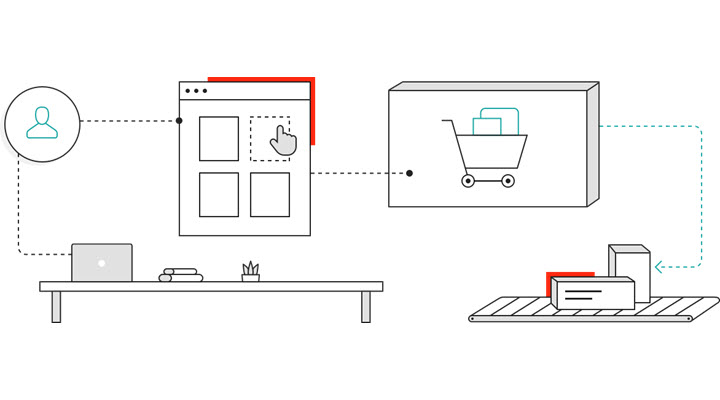After years of ricocheting between in-store and digital CX tactics, savvy retailers are reconsidering how to best serve their customers. Whether shopping behaviour is driven by preference or circumstance, a new approach to the retail customer experience is essential to deliver on brand promise – and keep customers returning to your business.
External forces keep retailers guessing
If we’ve learned anything over the past couple of years, it’s the difficulty of predicting the future. Understanding consumer desire is no longer enough. Retailers must factor in all the external forces that can change shopping behaviour. What’s more, we’re beginning to see a divide in shopping preferences, most of them largely out of a retailer’s control.
Sitecore’s 2021 Holiday Trends Report helped retailers gain insights about the expectations and priorities of Australian consumers and marketers and about our new ways of living during a global pandemic.
Two things stood out. First, nearly one in three consumers said most of or all of their shopping would occur online. (For those younger than 44 years old, the figure was 42 per cent.) Overall, a third said they would shop mostly in-store and a third said it would be combined in-store and online shopping.

Second, despite this firm commitment to multichannel shopping, 70 per cent of retailers reported digital marketing took a back seat in favour of investment in other areas. It’s frustrating news because 95 per cent of marketers said digital marketing played a vital role in keeping their business afloat.
What no retailer could control, however, was the impact the global supply chain had on shopping habits. For those consumers who did not start early in the year – and 59 per cent said they were planning on starting in November or later – many had no choice but to make purchases in-person to guarantee their holiday festivities would be complete.
Combating unpredictable consumer behaviour
How do retailers address issues in their control – and things outside their control? Flexibility is key. You don’t want to pivot; you want to anticipate when and where consumers will be shopping, even when they don’t know themselves.
Consumers increasingly expect the same brand experience whether they’re shopping online, in-store, or even in a virtual world using cryptocurrency. A successful customer experience requires retailers to effortlessly shift from the physical to the digital and to the virtual worlds. Providing a fluid experience lets the customer decide how, when, and where to shop, all while maintaining authentic human connections.
Delivering one-on-one customer experiences
That means retailers must get more personal than ever before. They need to see the whole customer, no matter where they shop or what’s driving their behaviour, and be fully ready to accommodate their needs. Creating that kind of 1:1 experience requires a continuous connecting of the dots between clicks, products, and customer preferences to understand their intent at any moment in time. It also requires a precise understanding of your product merchandising in an instant.
What does that look like practically? To stay competitive, retailers must consistently deliver seamless experiences, allowing customers to dip in and dip out whenever they want. It requires a hybrid commerce experience with personalised search results in each circumstance. Fortunately, AI and machine learning technologies make this possible. Monolithic systems are no longer helpful; composable commerce systems are essential.
If your digital experience doesn’t meet customer expectations of your brand, then you’re spending a lot of energy and investment in the wrong places. Whether your DX technology is all about great customer service, or a true omnichannel journey incorporating physical, digital and virtual worlds, it must always have your customer at heart to win the day.
About the author: Joey Lim is president, APJ, at Sitecore.






